Looking for lunch, we were directed to a filling station for fish and chips. Without beer on the menu, we kept walking until we found a Gallery-Café that served beer but no food. Heeding the gallery manager’s suggestion, we checked out a nearby food truck specializing in –you guessed it – fish & chips. Carrying our baskets of food, we returned to the gallery. With cans of cold beer in hand, we plunked ourselves down at a table in the midst of photographs and paintings by Icelandic artists. Regrettably, my iPhone battery had run down so I have no photos of our afternoon exploration of Seydisfjordur. Early the morning of July 4th, we were docked in Husavik where we were met with rain and bone-chilling winds. Because my Whales and Puffins excursion had been cancelled, I thought I might join Frank on his “Hidden Gems of the North” excursion but it was booked solid with a waiting list. So, I boarded a bus to the Husavik Geothermal Sea Baths. For nearly two hours, my head whipped by unrelenting winds, I submerged the rest of myself in the warm (100 degrees Fahrenheit) mineral-rich waters of multiple infinity pools along the edge of a cliff. On a clear day one might have taken in breathtaking views of Skjalfandi Bay below us or spotted a passing whaling boat, maybe even a whale, but visibility was almost non-existent beyond the rim of the pools. Winds lifted the waters of an adjacent waterfall up into the thermal baths. My face felt as though it was being pummeled by hundreds of tiny ice spikes. I returned to the ship in time to meet Frank for lunch before he left for his excursion in the rain. On the morning of Wednesday, July 5th, we were docked in Akureyri where we disembarked for an eight-hour excursion. Our guide, Juli, humorously entertained our minivan of fifteen while he drove us through idyllic green pastures midst dark volcanic rock. Our destination was Iceland’s fourth largest body of water, Lake Myvatn, known as the lake of black flies. Fortunately, we didn’t see any except in an iPhone photo of Juli’s face covered with flies. Known as “midges,” they usually appear in mid-June in such amazing numbers that they block out views of nearby scenic mountains. En route we stopped at breathtaking Godafoss Waterfall (Waterfall of the Gods). The story goes that in 998 AD, Thorgeir, a Viking priest pressured by Norway to give up his heathen beliefs, threw his pagan idols into the waters to symbolize that Iceland would embrace Christianity. These beautiful falls, in the shape of a horseshoe 98 feet wide, were a fractional reminder of Iguazu Falls in Brazil, an elongated horseshoe that extends for nearly two miles. Not far from Lake Myvatn, we stopped to check out Skutustadagigar pseudocraters that were formed 2300 years ago. Walking through the bizarre and often grotesque formations, I couldn’t resist taking photos of those that reminded me of humans. At a stop for lunch, we ate, at Juli’s suggestion, dark brown bread slathered in butter, topped by smoked trout – delicious! Afterwards Juli drove us to Námafjall, an area of swirling geothermal activity that smells of sulfur and features smoking fumaroles and boiling mud. From a distance it looked like a vast desert or a burned out Serengeti.
On Friday, July 7th, we boarded a bus in Isafjordur to ascend 2100 feet to the top of Bolafjall Mountain. Along the way we went through the eleven-mile-long Mt. Oshlid tunnel. It took a while as oncoming traffic had the right of way, forcing us into numerous turnouts. From the mountain top we had spectacular panoramic views – miles of remote, unspoiled nature and home to arctic foxes (the only land mammal native to Iceland) but we saw not one fox nor, when we looked out to sea, did we glimpse the coast of Greenland. At departure time, four in our group were missing. Our guide became increasingly concerned, fearing someone might have fallen off the mountain. Eventually, the missing were found.
On Saturday, July 8th, we docked in Reykjavik, the capital of Iceland. It was not my first time in Reykjavik. Years ago, I flew Icelandic Air to and from Europe, and a fuel stop in Reykjavik was a must. However, not once on those flights did I ever get off the plane. And now because we had signed up for a five-hour excursion outside the city, I wondered whether we would see anything of Reykjavik. Our guide, so very different from the guides we’d had all along, shared little information about himself, Icelandic ways or the moss-covered lavascapes we were seeing. Our destination was Reykjanes GeoPark, a UNESCO Global Geopark. Our first stop was Lake Kleifarvatn, a 318-foot deep crater lake with a beach of black sand, far different from tree-lined Crater Lake in southwestern Oregon, which is much deeper and bluer.
After returning to the ship, we decided to try to see something of the city. A port shuttle delivered us to city center, too late for the on-off bus tour. So, we walked to a pedestrian-filled street lined with shops, including a crowded book store, and took in the scene: more people than we’d seen all week – young people, many with tattoos. At Frank’s behest, we checked out some impressive architecture on our walk back to catch the port shuttle. The lecturer aboard ship had mentioned several of the buildings we stopped to admire. We had hoped we to eat dinner in Reykjavik our last night together with Susie but the logistics proved daunting. We ended up eating together on the ship after which we rushed to pack and get our bags outside our staterooms for pickup by 11 p.m. Throwing dirty clothes into suitcases, we zipped ‘em closed within minutes of the pickup deadline. In the morning, we flew to Amsterdam, missing a volcanic eruption near Reykjavik by four hours.
Miscellaneous memories and impressions of Iceland:
4 Comments
Lydia Delventhal
11/17/2023 03:45:24 pm
Shirley, Thanks for sharing. I was just thinking of you earlier in the week. You are getting around much better than when my book came to SF. It’s nice that you are continuing to support your local writing community. I’m headed to Costa Rica in a couple of weeks, home two days, and then with different friends going to Portugal on a Viking River cruise. We’ll start by being in Madrid Christmas Day. These will all be new experiences for me—can’t wait. Look forward to seeing you in Sedona again. Hugs. Lydia
Reply
11/18/2023 11:28:56 am
Lydia, fortunately, the damnable plantar fasciitis that put me on a knee scooter when your book club came here to discuss Banged-Up Heart subsided before we left for Iceland. Your upcoming travels intrigue, as I've never been to either Costa Rica or Portugal. Madrid is one of my favorite places - the people, the art! Enjoy! Here's hoping we meet again, in Santa Fe if not Sedona.
Reply
Ellen Kutten
11/18/2023 12:46:26 am
Thank you Shirley for taking me on your trip with Frank to Iceland. Wonderful.
Reply
Leave a Reply. |
Author BLOG
I'm Shirley Melis. You may know me as Shirley M. Nagelschmidt, Shirley M. Bessey and now, Shirley M. Hirsch. Each reflects a particular phase of my life. Banged-Up Heart is a slice of my life's journey and in telling my story, I'm giving voice to my long silent "M" by reclaiming my maiden name, Shirley Melis. Archives
January 2024
Categories
All
|
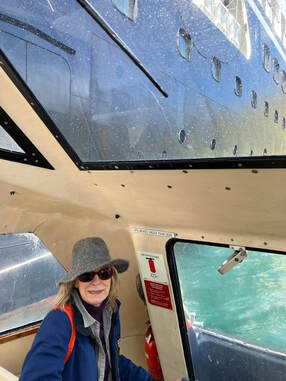
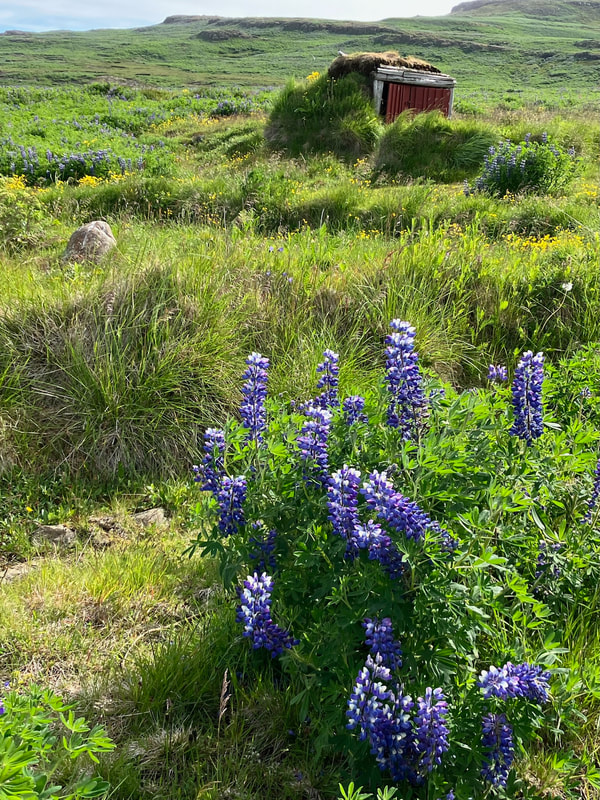
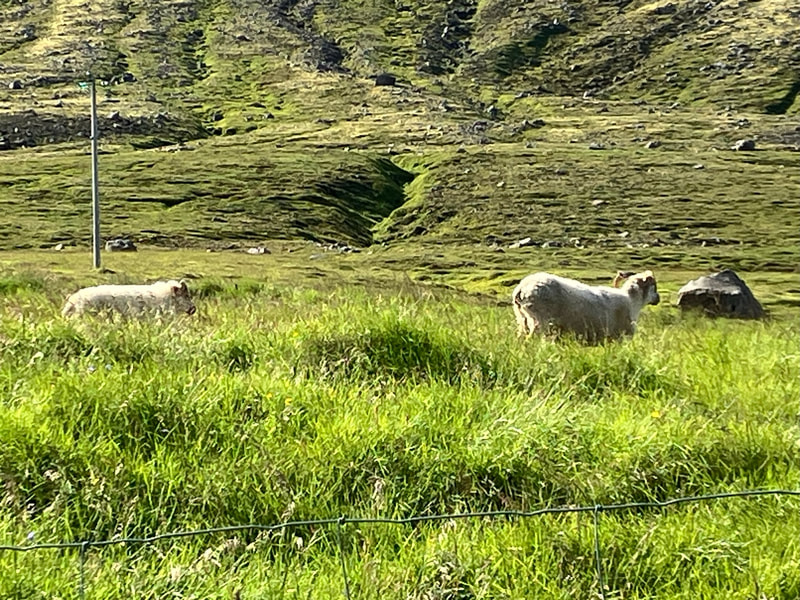
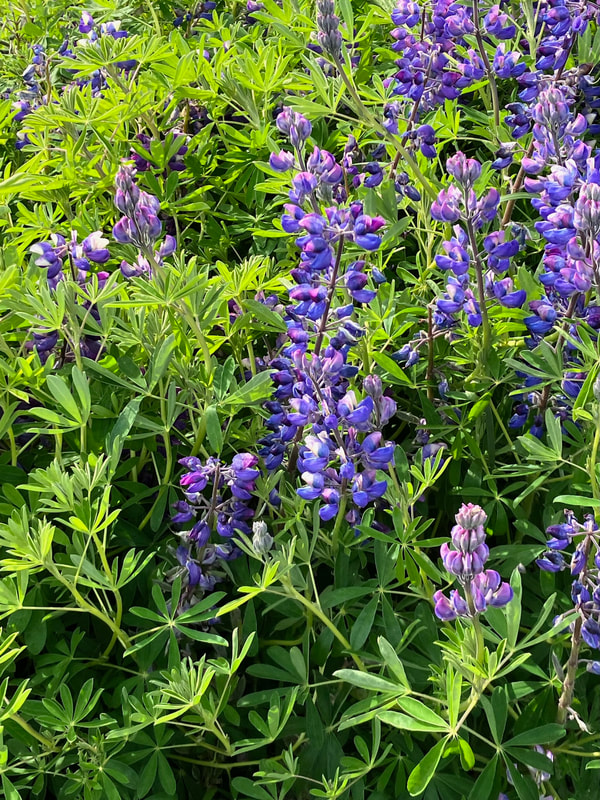
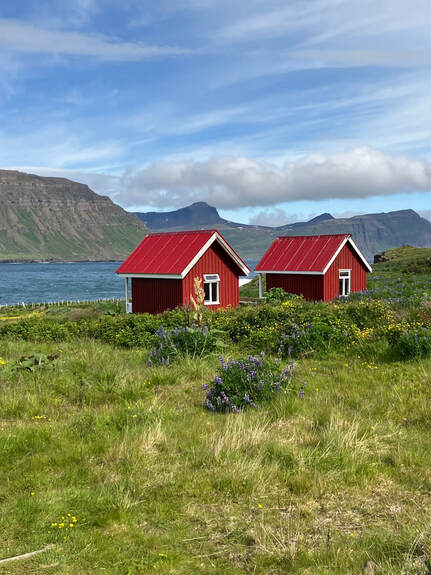
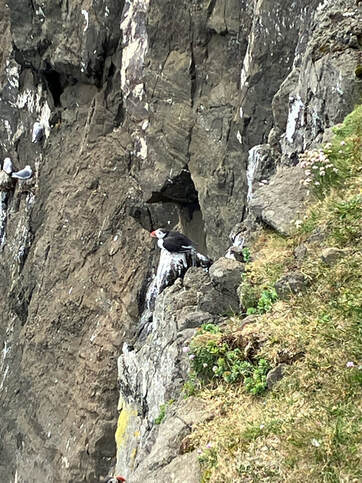
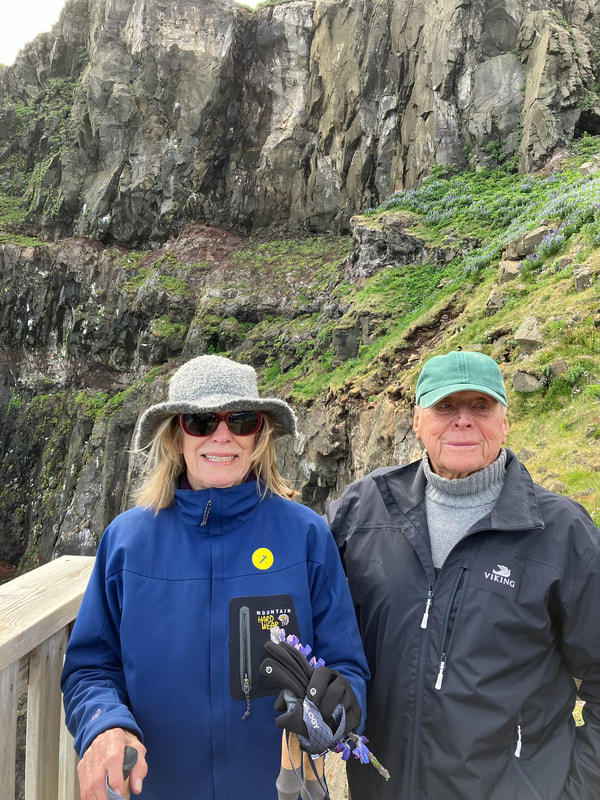
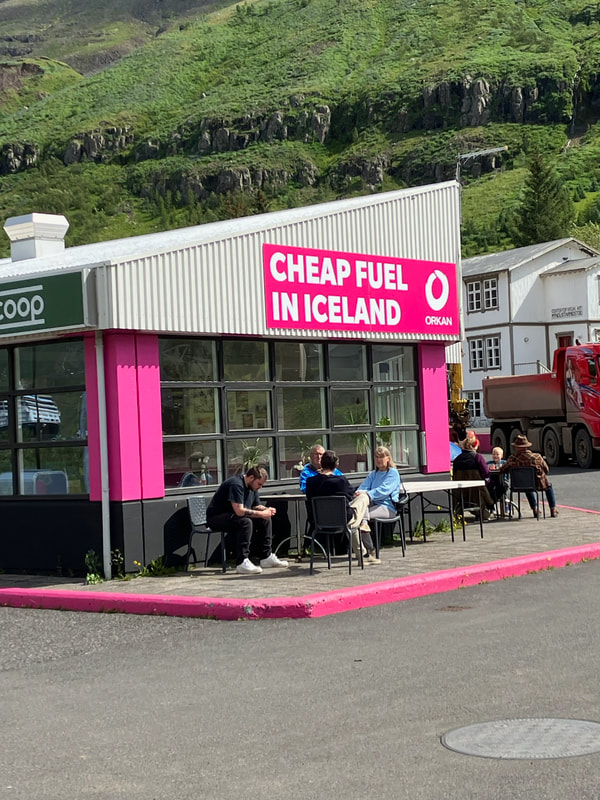
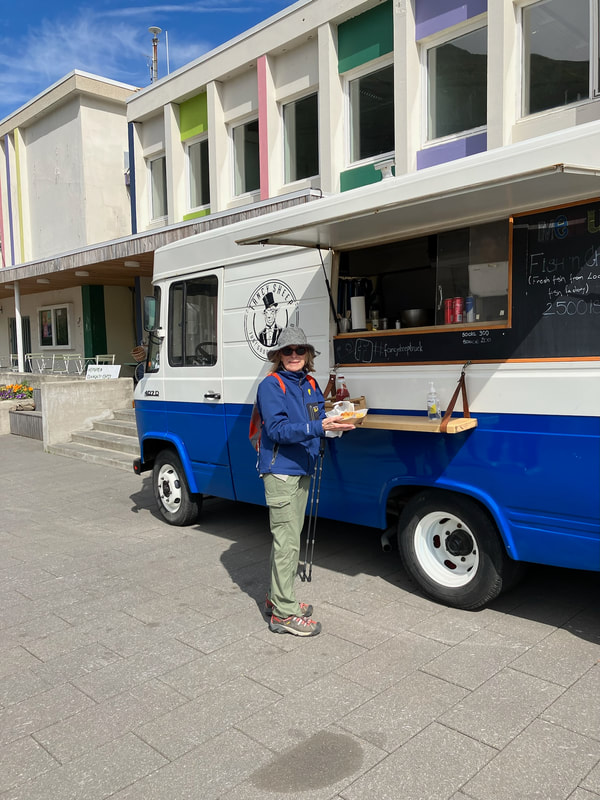
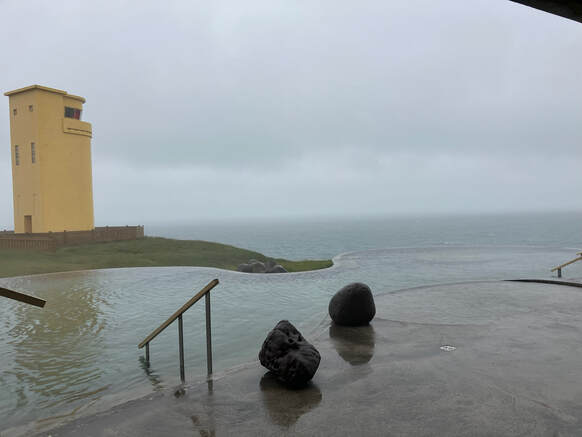

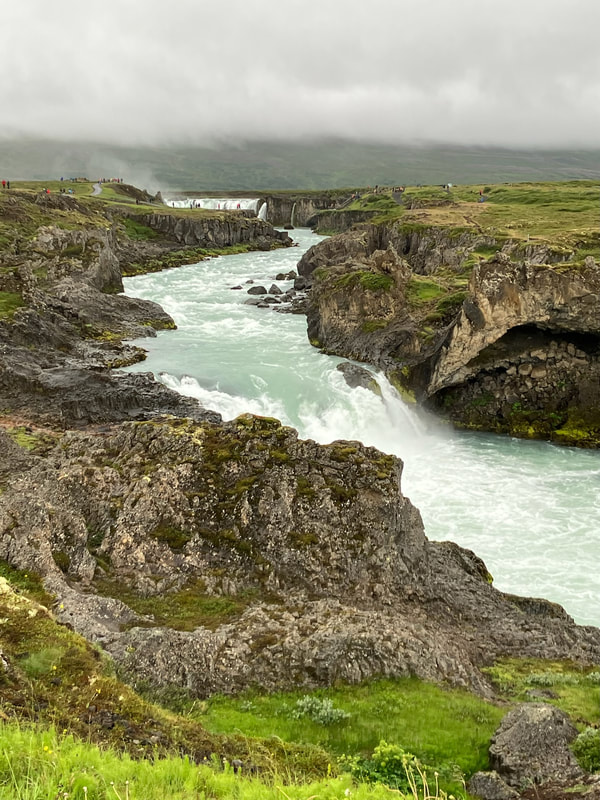
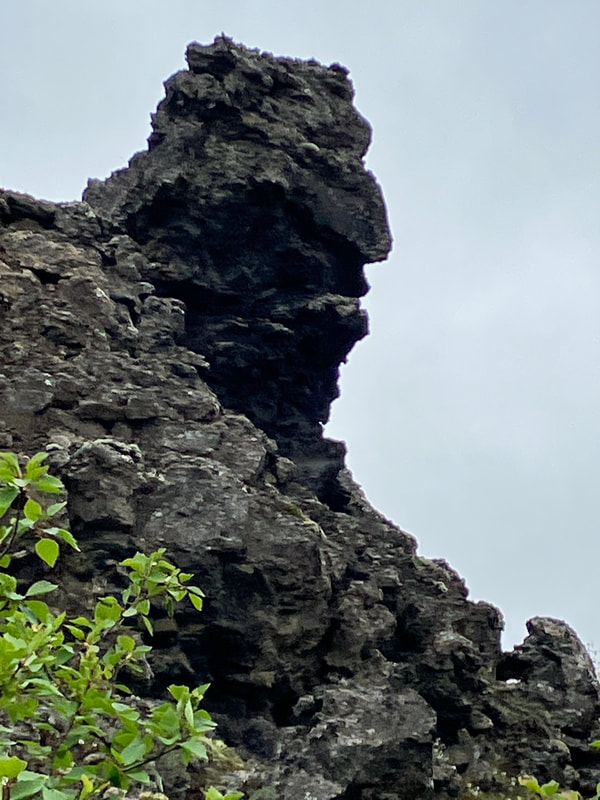
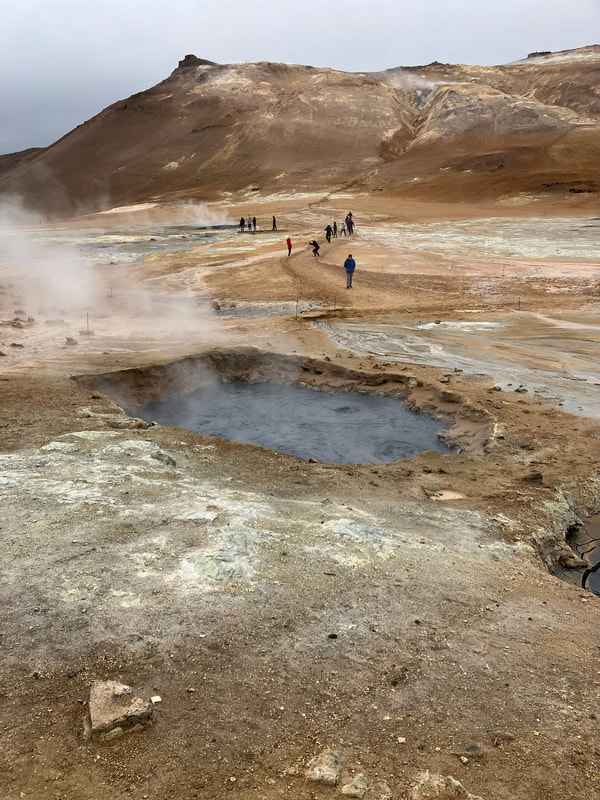
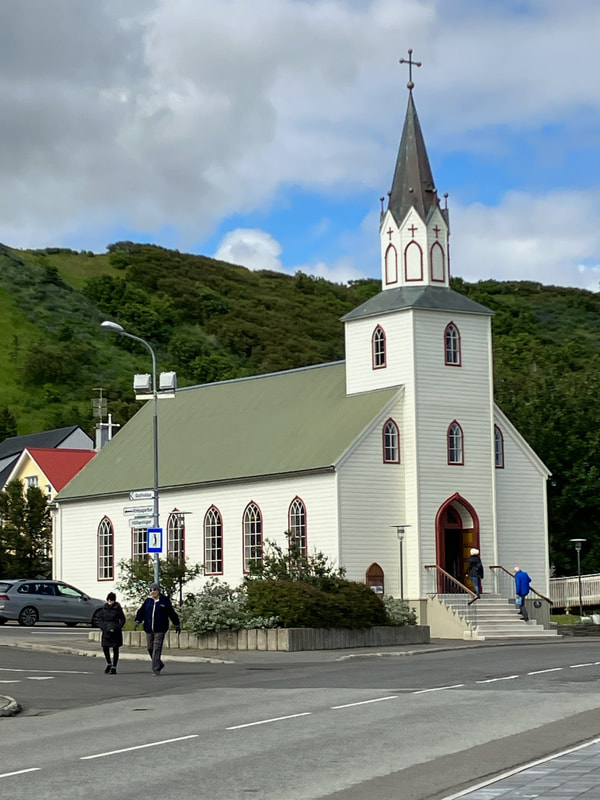
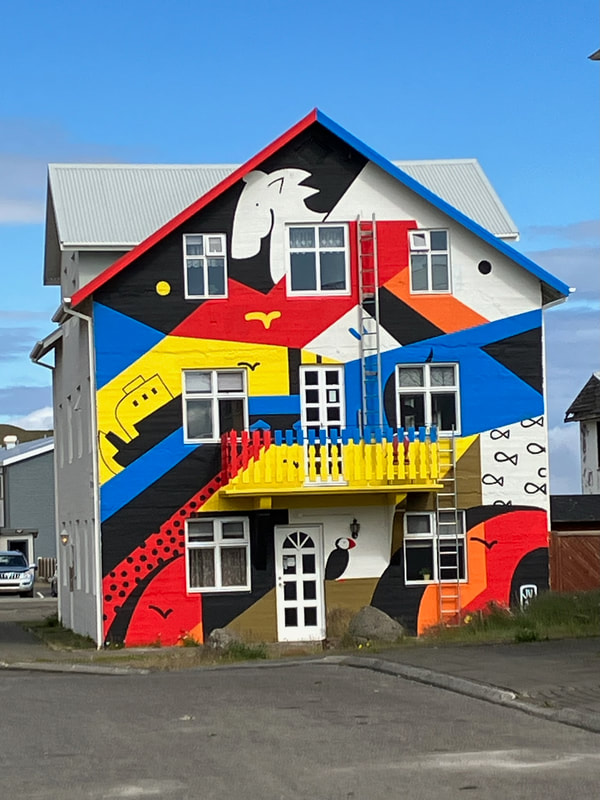


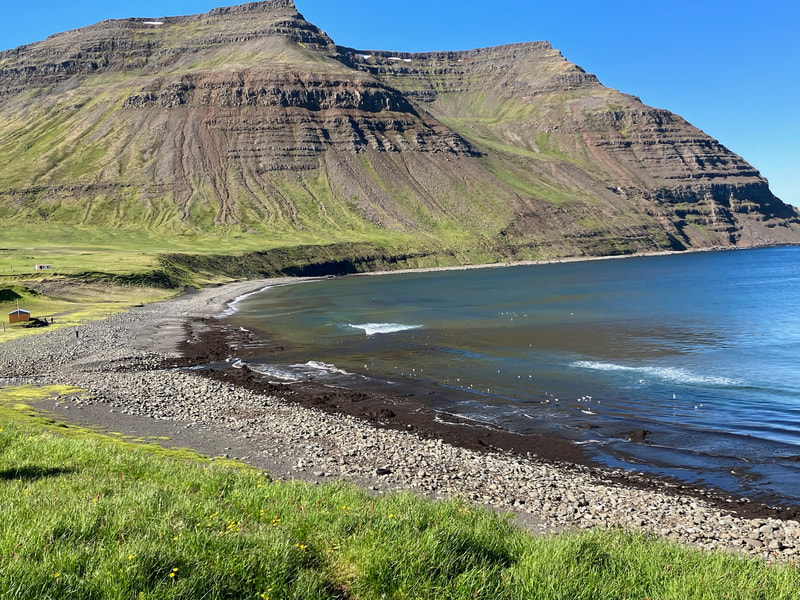
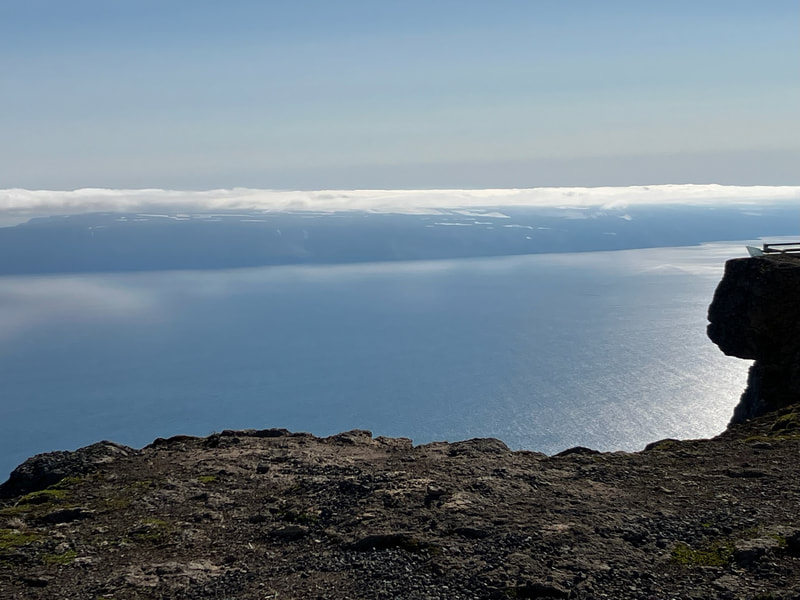
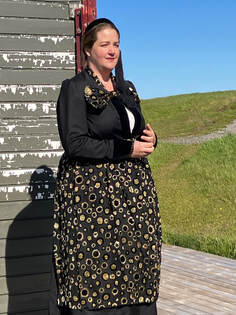
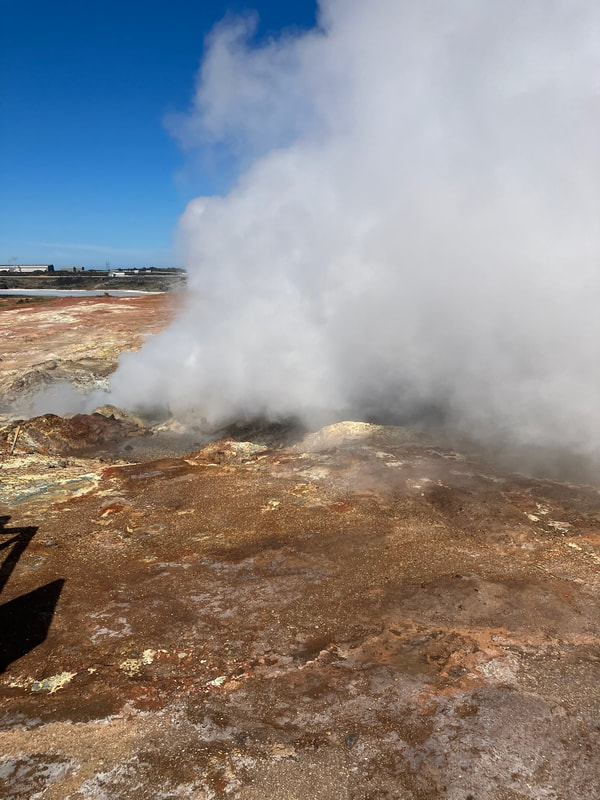

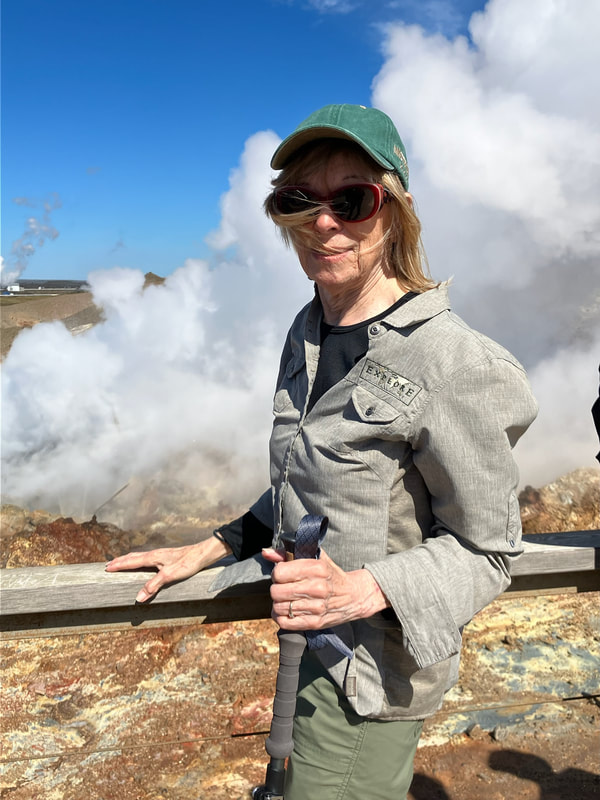

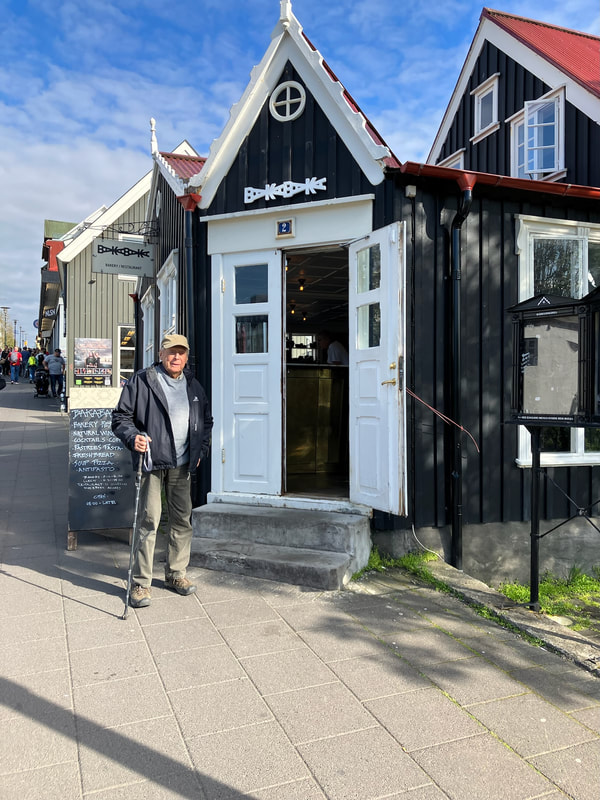
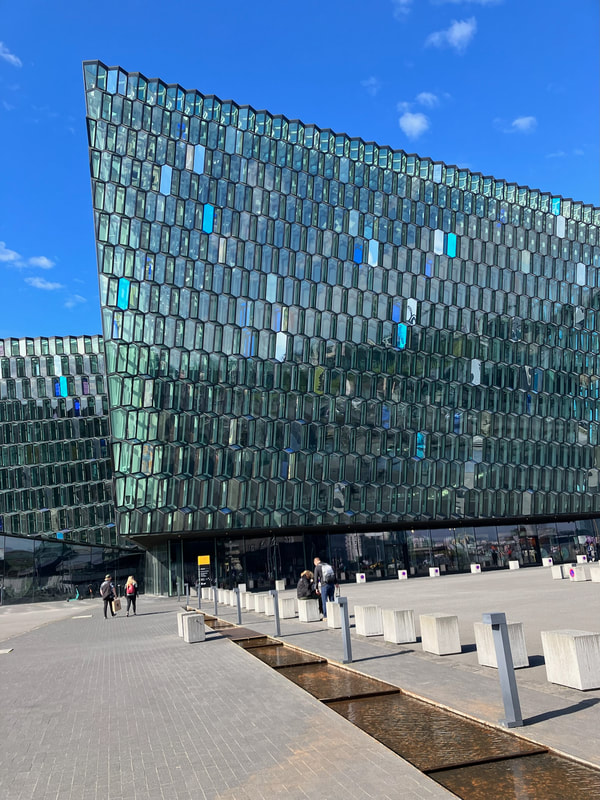
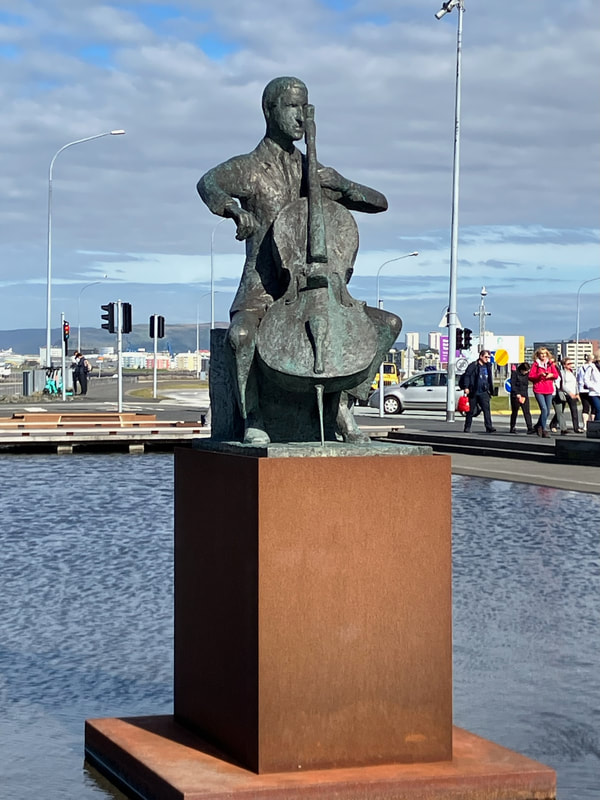
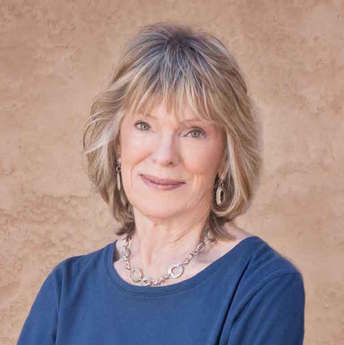
 RSS Feed
RSS Feed